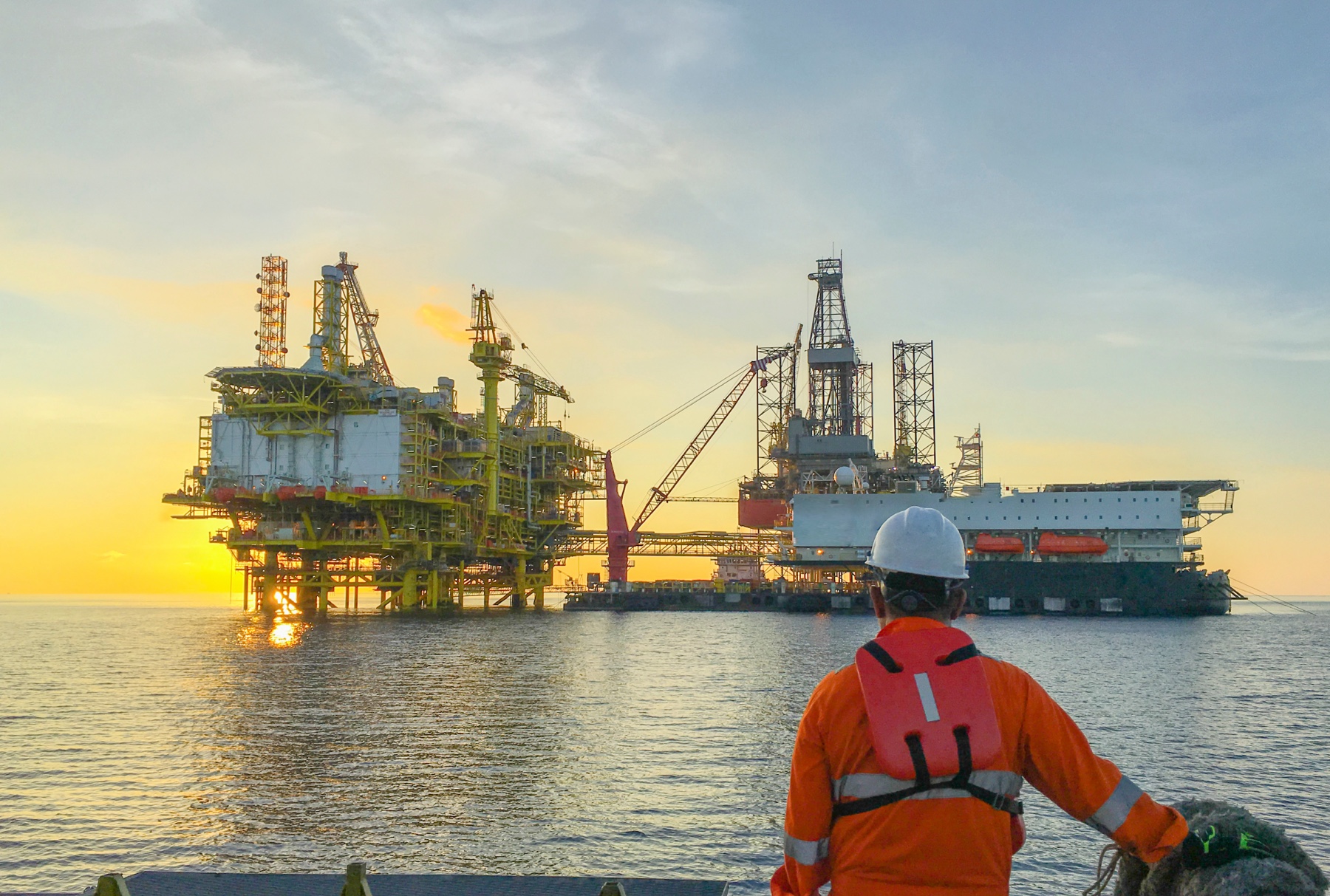Effects of cuprous oxide particles on the drag characteristics
Assessing the impacts of Cu2O used in antifouling substances on ship performance
Project leader
- School of Engineering
- School of Natural and Environmental Sciences
Dates
2014 - 2019
Project staff
Mr Chang Li (PhD candidate)
Sponsors
American Chemet Corporation
Partners
Dr Colin Anderson (American Chemet Corporation), Professor Mehmet Atlar (University of Strathclyde)
Description
Cuprous oxide (Cu2O) is an active antifouling substance. In commercial production, it consists of different particle sizes before formulation. This leads to different surface finish roughness conditions. So far, there have been no systematic investigations into the effects of particle size on:
- the drag performance of antifouling coatings
- ship hull resistance
- biofilm attachment
In this research, we are investigating a variety of different sized Cu2O. We are measuring the boundary layer characteristics of the coated surfaces and the uncoated reference surface. To do this we are using two-dimensional Laser Doppler Velocimetry (LDV) in the Emerson Cavitation Tunnel.
We are carrying out pressure drop measurements. We use a turbulent flow channel under dynamic flow conditions for this.
We are investigating the effect of biofilm on the drag characteristics of the Cu2O surfaces under “in-service” conditions. We mount test panels on the research vessel, The Princess Royal. We examine them every six weeks during a six-month dynamic/static immersion period. We measure the subsequent streamwise pressure drop on all the test panels, along with uncoated reference panels.
We use an optical surface profilometer to analyse the roughness characteristics. We study the microstructure using Scanning Electron Microscopy (SEM).
Based on the roughness function results obtained from the tests,. We then develop resistance diagrams for full-scale ships according to the Granville similarity scaling law. We base them on the roughness function results obtained from the tests. We are using an in-house programme for this.
The results of our research prove the significant potential impact of these effects on ship performance in-service. This subsequently affects fuel consumption and emissions.
